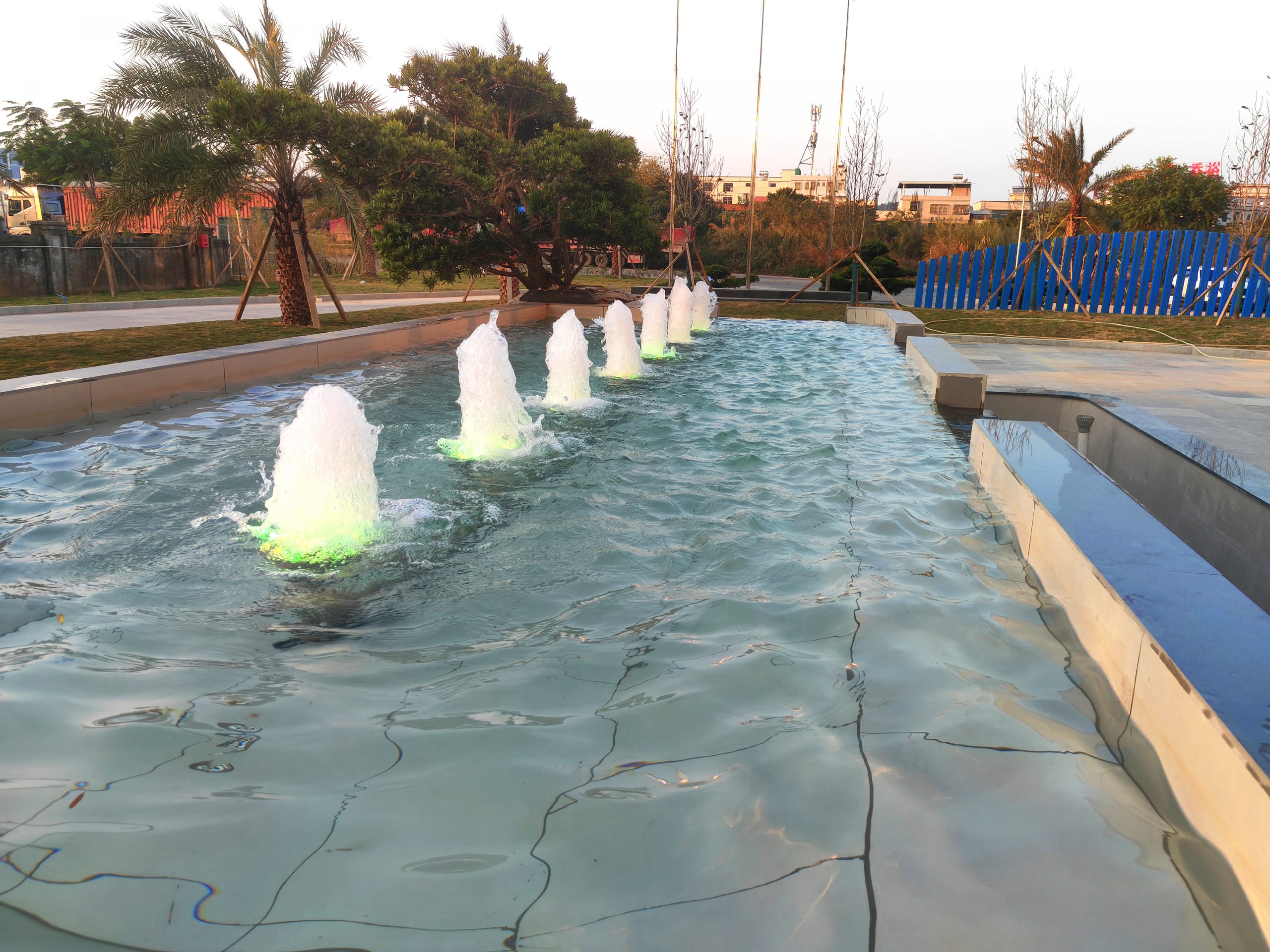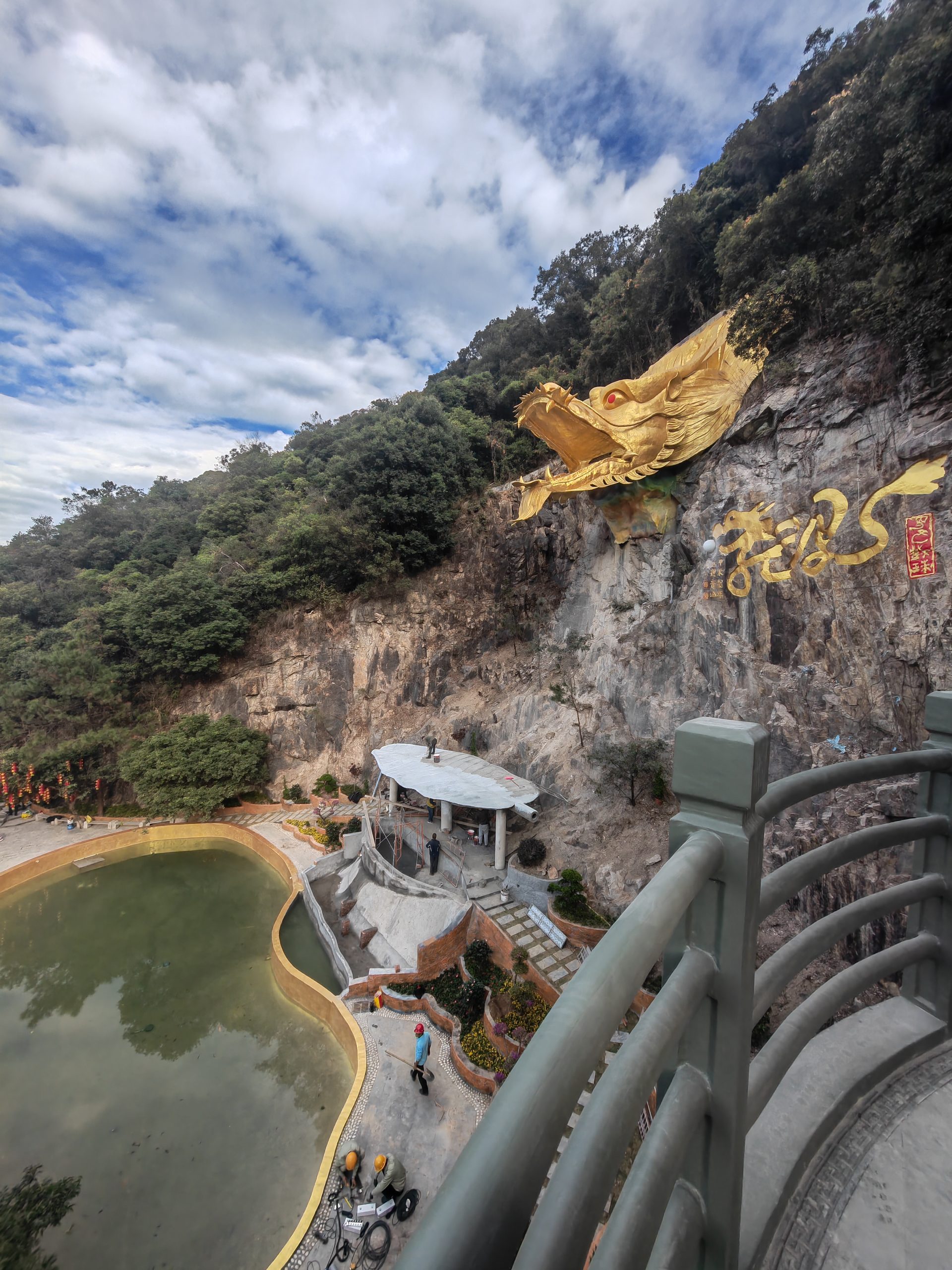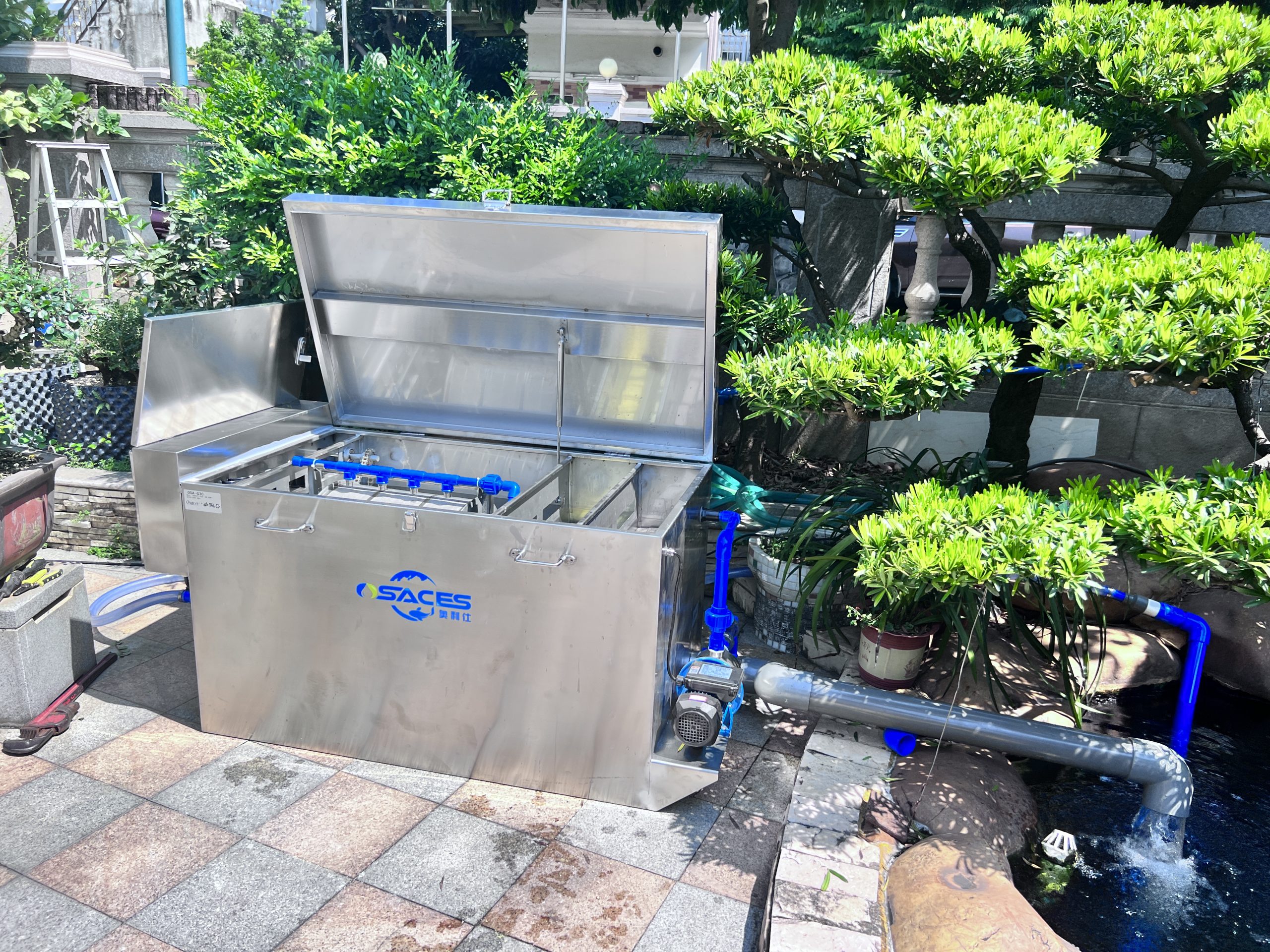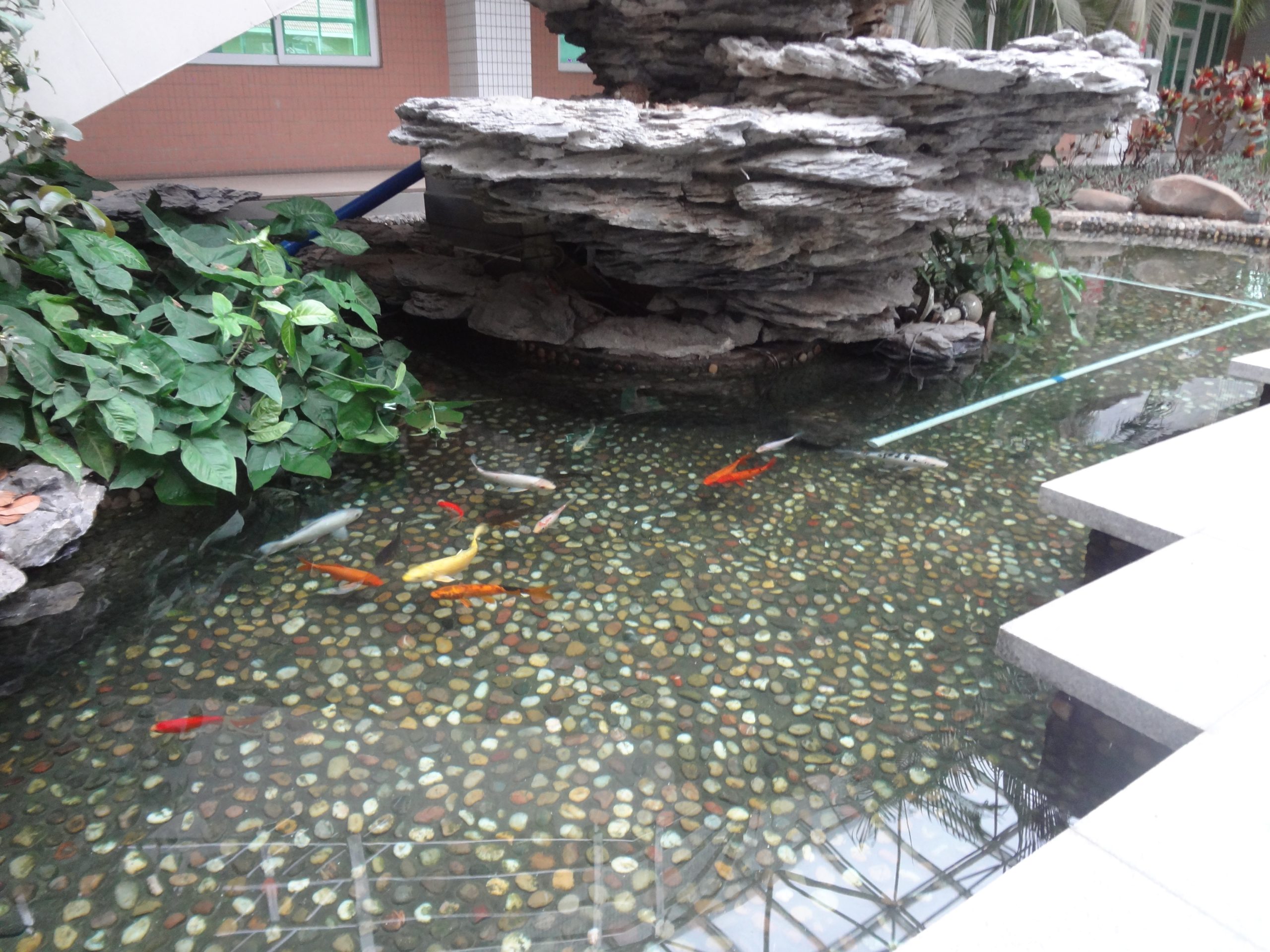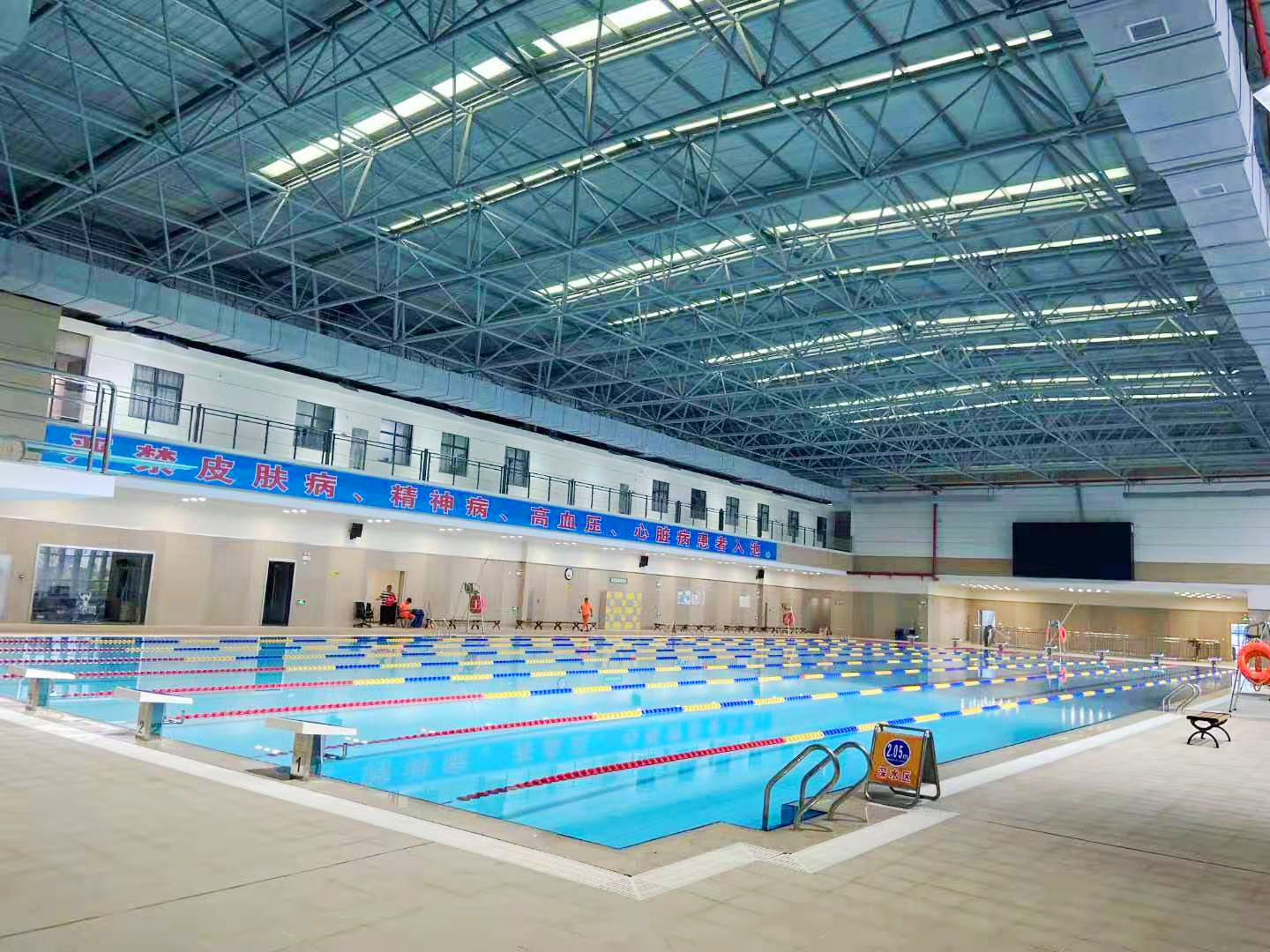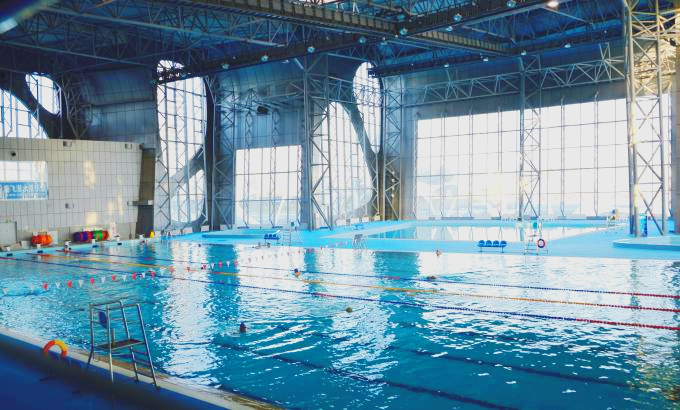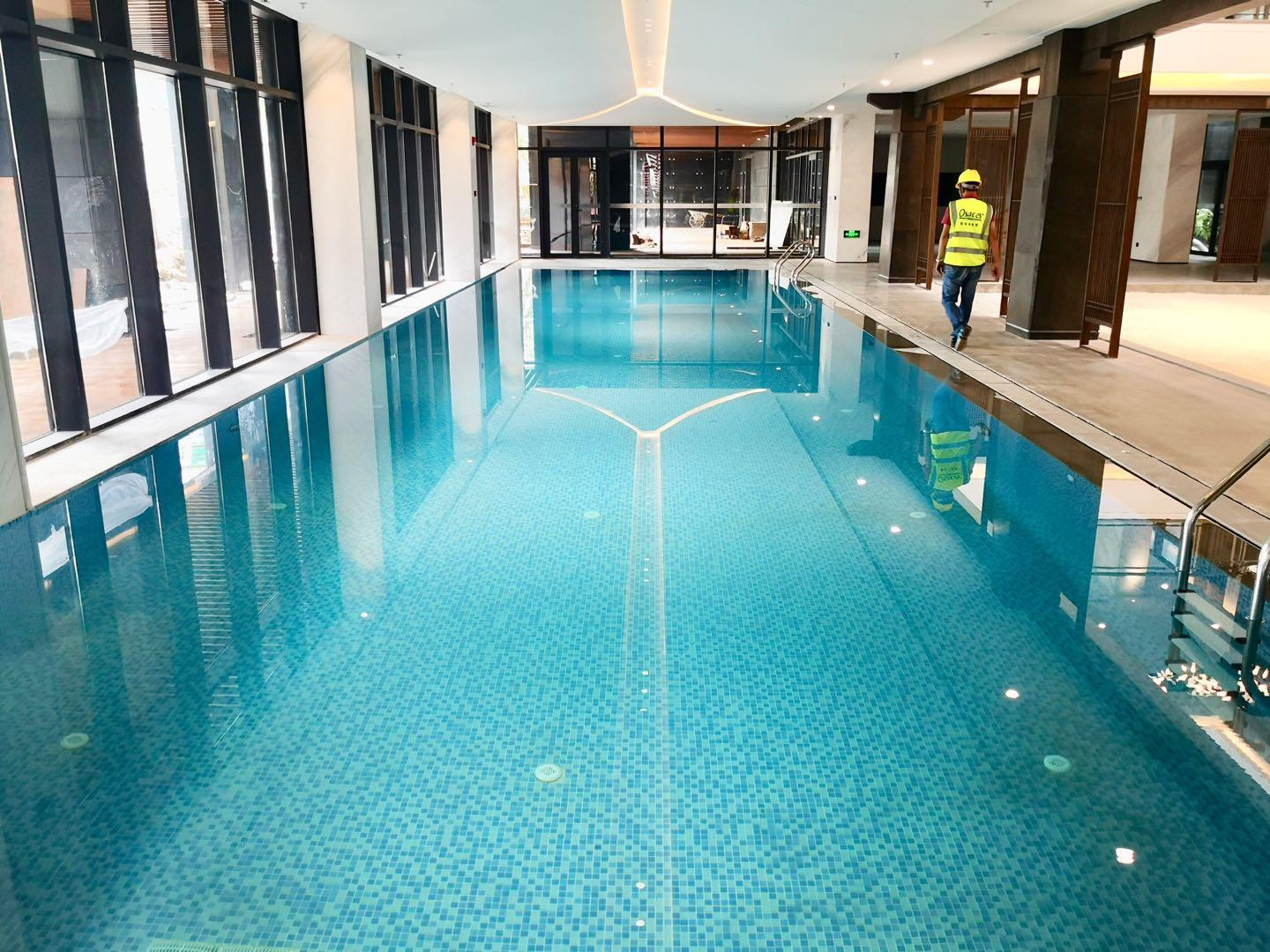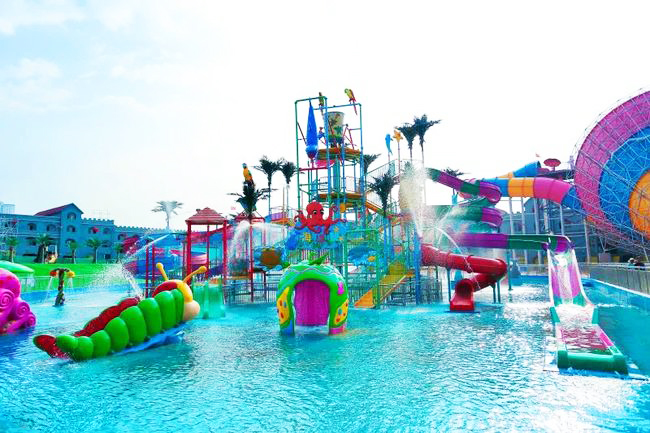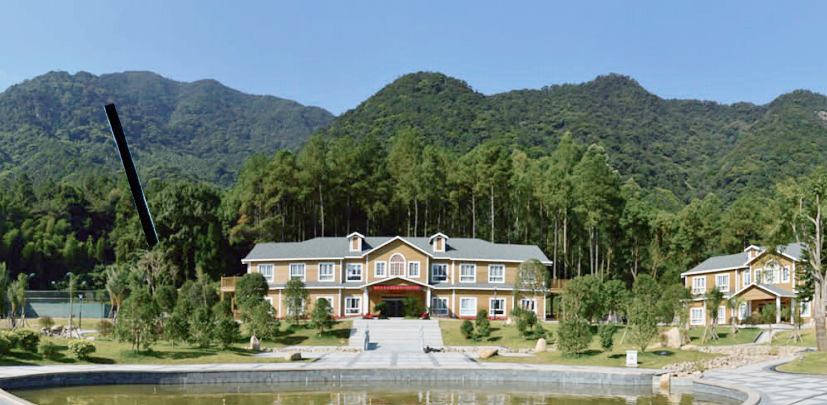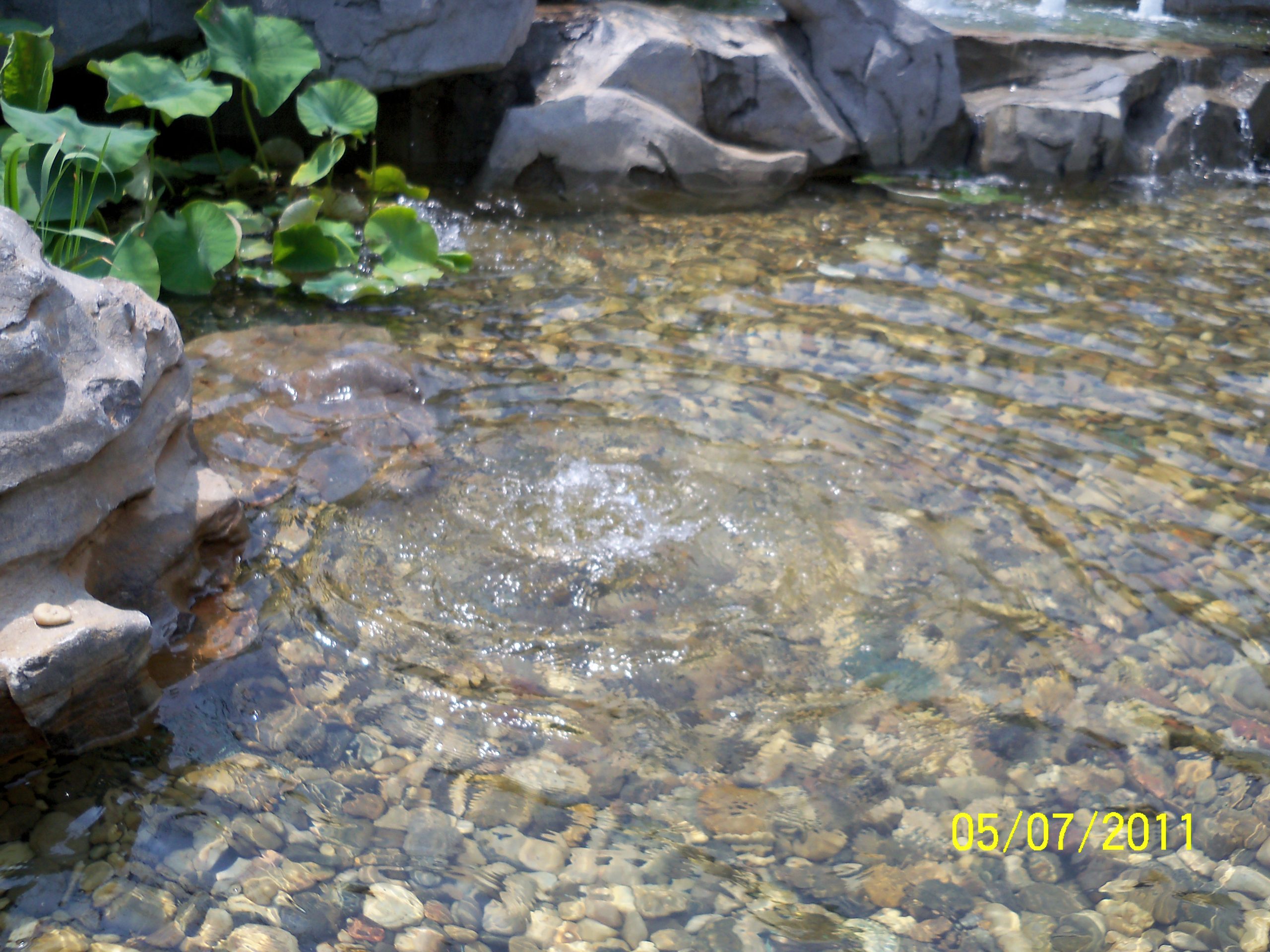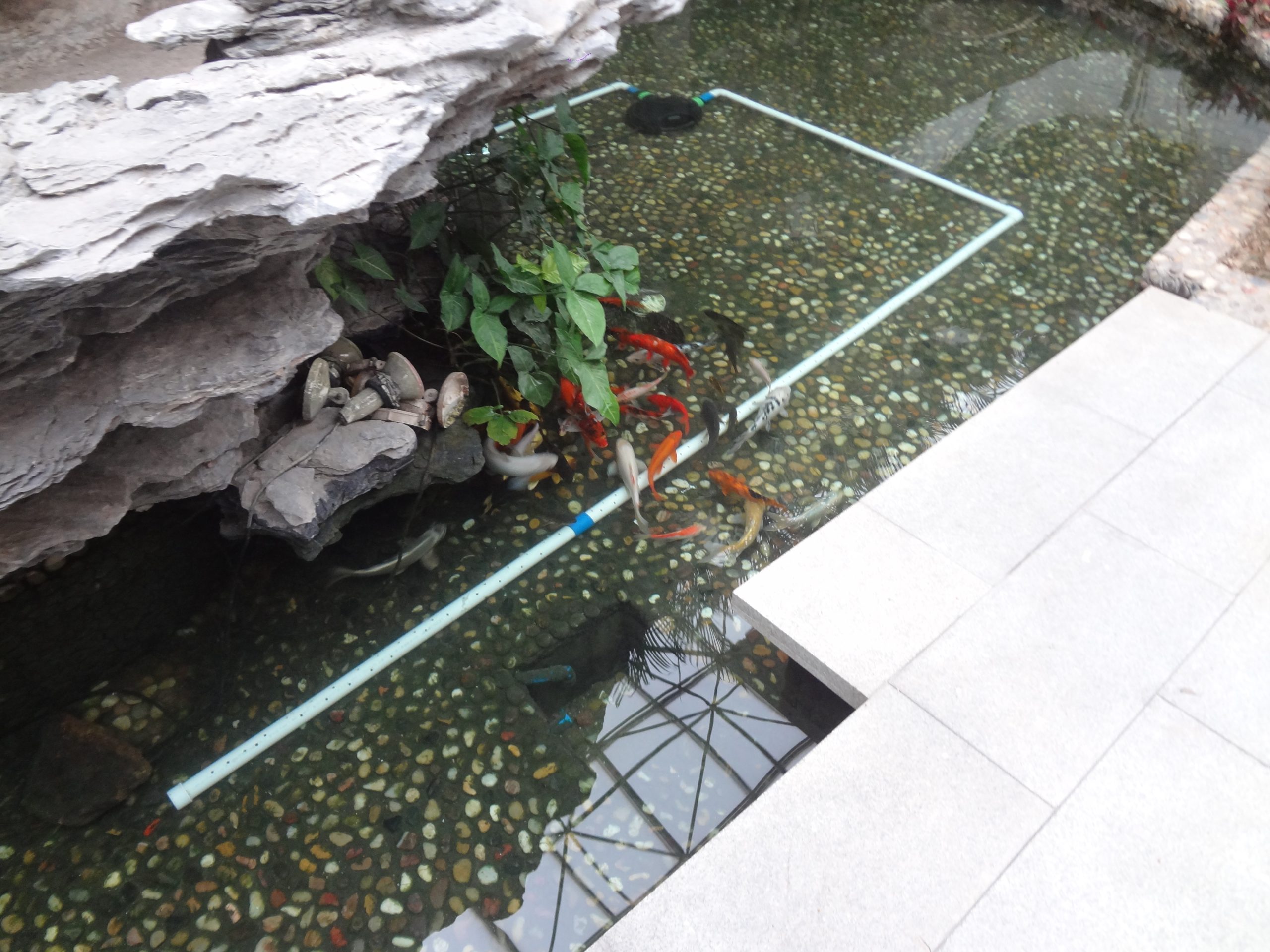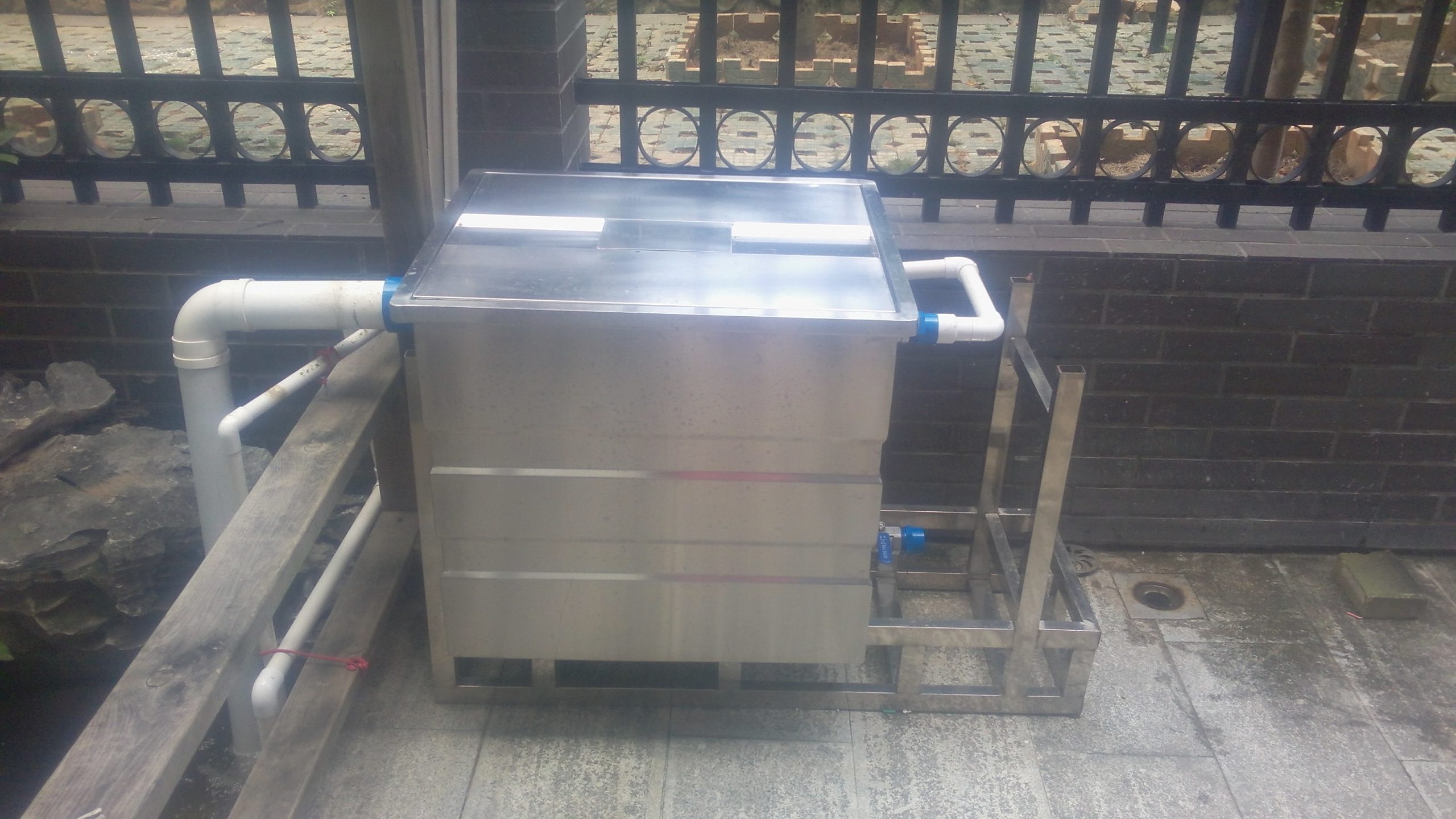News Center
contact details
 Ollies (Guangzhou) Recreation and Sports Equipment Co.
Ollies (Guangzhou) Recreation and Sports Equipment Co.Tel: (020) 82686289
Fax: 020-82694853
Headquarter: No.31-37, Xincun 2 Road, Shangjiang North Street, Dongzhou Village, Xintang Town, Zengcheng City, Guangzhou, Guangdong, China
Frequent water changes and koi fish die, why?
Once you have a tank set up, an important part of future management is water changes. If you are keeping a very robust species that is not fussy about water quality, such as the blood parrot fish of the family Cichlidae, it is acceptable to do a lot of water changes. On the other hand, if you are keeping an extremely sensitive species, such as short snappers, you need to pay close attention to the various factors of the water quality and do not change the water randomly.
The basic purpose of water change is to remove excessive or harmful substances from the water, or to provide fresh water with the normal proportion of various water quality components in nature. Generally speaking, even aquariums with filtration systems should change the water once every one to two weeks, while aquariums without filtration systems should pay attention to changes in water quality in case the water has a foul odor or the fish have abnormal symptoms.(for example, if the floating head swims and bumps about)You should try to give a partial water change first and see if it improves. In terms of the proportion of water replacement, most aquarium keepers recommend replacing one-half to one-third of the aquarium's water volume at a time, but in fact, as long as the quality of the new water is adjusted to be close to the same as that in the aquarium, then even if all the water is replaced, the impact on the organisms can still be ignored. That is why many aquariums with good water treatment facilities use semi-open aquariums to keep aquarium creatures. This is because the semi-open treatment eliminates the accumulation of harmful substances.
However, this approach may not be suitable for the average novice aquarium keeper to manage, and we will discuss commonly used treatments next. If you are keeping freshwater organisms, a convenient water source is tap water. In fact, before the tap water arrives at your home, it has been treated with various water qualities in the water treatment plant, however, chlorine is added to sterilize the water before it leaves the water treatment plant but it makes the tap water so that it can't be used directly in the aquarium, especially on rainy days, the concentration of chlorine in the water is even higher. When the concentration of chlorine is too high, it can cause direct damage to the mucous membrane of the gills of the fish, and in serious cases, it can be fatal. Usually, a simple and commonly used method to remove chlorine is to pump the water, leave it for half a day to one day or expose it to the sun for half a day to remove the chlorine in the water. However, if you need to use tap water in an emergency, you can add water stabilizer into the tap water, and we suggest that you follow the instructions on how to use the stabilizer. As for other water quality factors that need to be adjusted, such as water hardness, temperature, acidity and alkalinity, etc., it is necessary to be measured by instrumentation or professional testing agents, in order to make use of some chemical agents to do water quality adjustment.
However, these factors are absolutely related to the water source, so after one or two measurements, regular testing will suffice instead of measuring every time. In Taiwan, for example, the water hardness varies from the north to the south, so it is generally recommended to keep species that can adapt to the local hardness. If you want to keep fish species that have different needs from the local water quality, we suggest that the water quality must be carefully treated before use. As for the purchase of water changing equipment, siphons, plastic hoses and buckets are the three most important tools for water changing. They are also essential for aquarium keepers. In addition, in recent years, there are some more advanced water changing equipment introduced from abroad, which is easier and more convenient to use, so owners can consider according to their own financial ability.
Related content
- Don't let rotting tails affect the koi's aesthetics
- What kind of water is good for fish? Talking more about green water for fish
- What to do if the water in your fish pond is unclear? How to keep the water fresh and clear
- Are you ready for the golden age of koi growth?
- What causes new koi to get sick easily?
- Case Sharing--Foshan Shunfeng Mountain Park 3600 square meters landscape pool purification project
- Case Sharing||Huizhou-- Intelligent Terminal Beidou Industry Production Project Fountain Fish Pond Purification Project
- Guangdong Guanyinshan National Forest Park 300m³ landscape fish pond purification project

